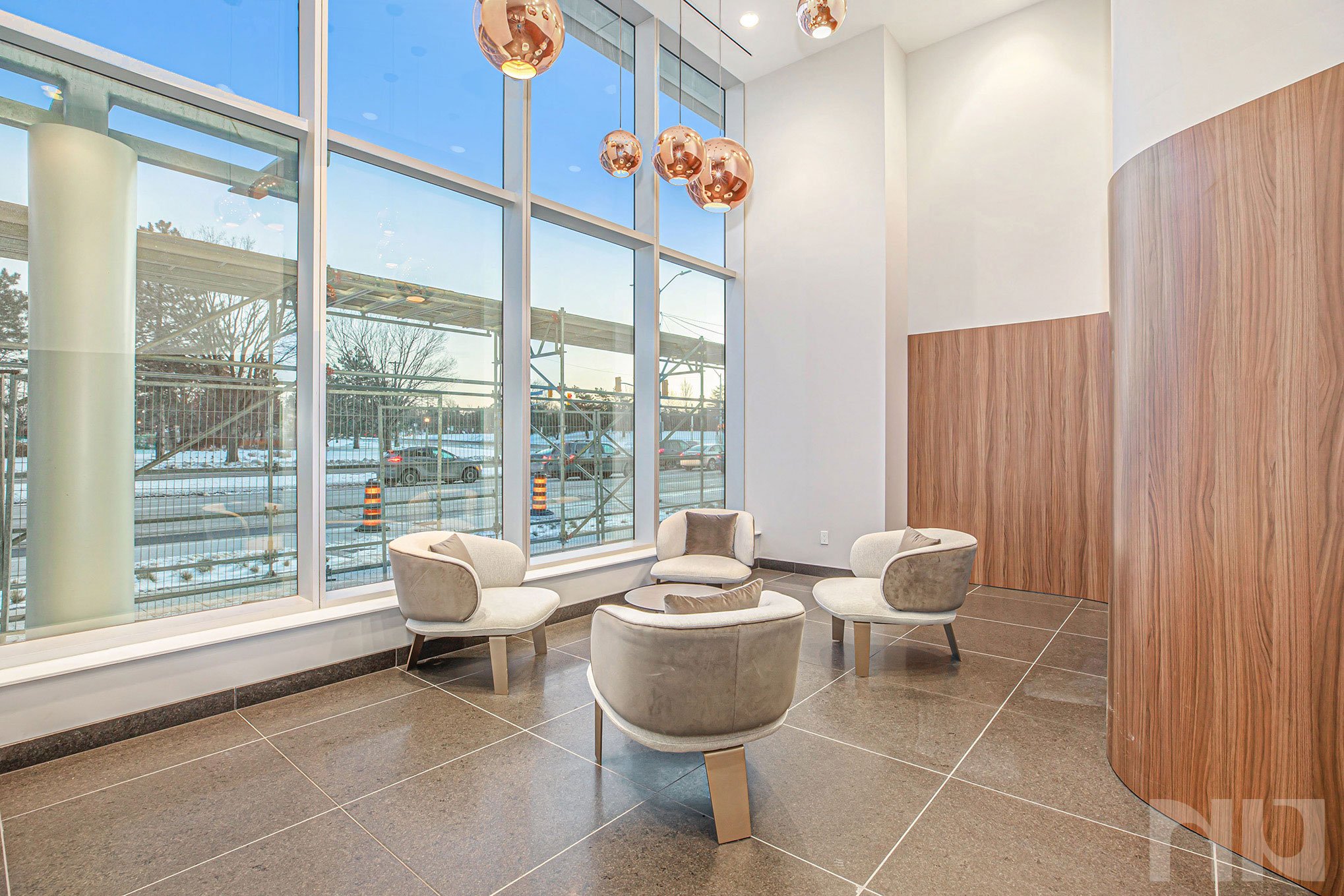Life changes often bring about the need to rethink our living spaces. Whether you're looking to simplify your lifestyle, reduce maintenance, or take advantage of Ottawa’s vibrant condo market, downsizing can be an exciting new chapter. Moving from a larger home to a condo might feel like a big shift, but with the right approach, it can unlock a lifestyle of convenience, affordability, and urban charm.
Here’s how to make the most of your downsizing journey in Ottawa.
Why Ottawa Condos Are Perfect for Downsizing
As one of Canada’s most livable cities, Ottawa offers an array of condo options that fit various lifestyles. From modern high-rises in Centretown to boutique buildings in Westboro, downsizing to a condo here doesn’t mean giving up space or comfort. Ottawa’s condo market provides accessibility to urban amenities, security, and a low-maintenance lifestyle that many downsizers seek.
Some key reasons Ottawa condos are perfect for downsizers:
Prime Locations
Many condos are located in Ottawa’s most desirable neighbourhoods. Downsizers can enjoy being close to restaurants, shopping, and entertainment, often within walking distance. You can choose a home that’s near public transit, scenic trails, or even just steps from the Rideau Canal.Low Maintenance
Condos offer a hassle-free living experience. Forget about snow removal, lawn care, or costly home repairs. Moving to a condo means these responsibilities are handled, allowing you more time to enjoy the things that matter most to you.Access to Amenities
Many Ottawa condos feature on-site amenities like gyms, pools, party rooms, and rooftop patios. These perks can elevate your day-to-day experience while maintaining an active and social lifestyle without ever leaving your building.
How to Approach Downsizing
Downsizing requires a shift in mindset, especially when it comes to dealing with belongings accumulated over the years. Here’s a roadmap to make the transition smooth and stress-free:
Start Decluttering Early
Begin the process of decluttering before your move. Tackle one room at a time and decide what to keep, donate, or sell. Focus on items that serve a practical or sentimental purpose in your new space.Prioritize Multi-Functional Furniture
Downsizing means you’ll need to maximize your space. Invest in furniture that serves multiple functions, such as fold-out desks, ottomans with storage, or a bed with built-in drawers. This allows you to keep things functional without feeling cramped.Reimagine Your Space
A smaller space doesn’t mean less style. Ottawa condos offer a variety of layouts that can be tailored to your preferences. Consider hiring an interior designer or exploring condo design ideas to create a space that feels spacious and comfortable.
Financial Benefits of Downsizing in Ottawa
Downsizing can also be a financially strategic move. Here's why:
Lower Living Expenses
In most cases, a smaller space means lower utility costs and fewer maintenance expenses. Ottawa condo fees typically cover building insurance, upkeep, and shared amenities, meaning fewer surprise costs compared to owning a large home.Equity Release
Selling a larger property and moving into a condo allows you to unlock the equity tied up in your home. This can provide extra funds for travel, investing, or simply enjoying retirement. Downsizing could also reduce your monthly housing costs, allowing you to reallocate funds to other areas of your life.Market Appreciation
Ottawa’s condo market has been steadily growing. Downsizing now could be a financially sound decision as condo values are projected to continue increasing. This could also be a great time to purchase a pre-construction condo and potentially benefit from market appreciation by the time you move in.
Choosing the Right Condo for Your Needs
When searching for your downsized home, there are several key factors to keep in mind:
Location: Do you want to be in a bustling part of the city or prefer a quieter, residential neighbourhood? Consider your lifestyle and what matters most to you in terms of convenience and accessibility.
Building Amenities: Depending on your interests, you might want a building with specific amenities like fitness centers, concierge services, or a pool. Make sure the condo fits your lifestyle and long-term needs.
Future-Proofing: If you plan on staying in your new home for the long haul, consider features like accessibility, proximity to healthcare, and other services that will be important as you age.
Is Now the Time to Downsize?
Ottawa’s real estate market offers excellent opportunities for downsizers. Whether you’re an empty-nester looking to simplify or simply seeking a change of pace, the benefits of downsizing to a condo in Ottawa are clear. You’ll reduce your living expenses, enjoy modern conveniences, and have more time to focus on the things you love.
If you’re ready to explore your downsizing options in Ottawa, get in touch:





























































